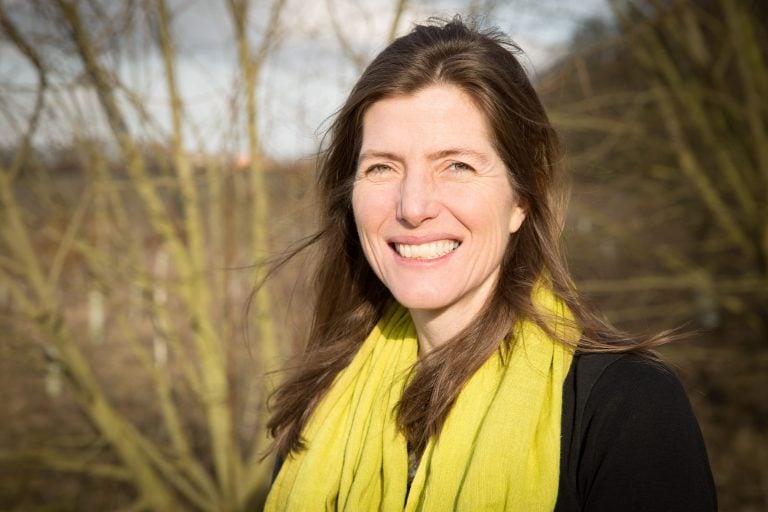Nature and Biodiversity

A healthy wildlife-rich natural world is valuable in its own right and is also the foundation of our well-being and prosperity; we depend on it and it depends on us.
There is an urgent need to secure nature’s recovery, and our cities, towns and villages can provide vital refuges for birds, hedgehogs and other animals that can’t find food or shelter elsewhere. The land around buildings, including parks, gardens and spaces on roofs and balconies can support flowers that used to thrive on the 98% of meadows and heaths we’ve lost since WWII, providing vital food for birds and pollinating insects. Rivers run from upland to lowland through fields, towns and cities to the sea. Wildlife is not the preserve of the countryside and coasts of Britain. Far from it, our world is joined up.
Progressive leaders in the development and construction sectors are reorienting their businesses. They are going beyond addressing the vital issues of energy and water efficiency and thinking about how to build up our reserves of natural capital by bringing their developments to life! This is a new and very welcome form of place-making.
Some developers are committing to achieving an overall uplift in wildlife in every development and to substantial increases in biodiversity on existing sites. All this is eminently feasible and all the signs are that it is also good for business. Returns on new homes increase and staff wellbeing and productivity rises where there is access to nature.
However, this restorative approach is still far from mainstream. The built environment industry’s role in rebuilding our natural capital will be key to creating a 21st Century living legacy of places to be proud of.
Stephanie Hilborne OBE has been Chief Executive of The Wildlife Trusts since 2004. During her tenure, the organisation secured the passage of the Marine & Coastal Access Act 2009 and the Natural Environment White Paper 2011. Her leadership has been pivotal in building the movement into a strong federal organisation, now having more than 800,000 members and 40,000 volunteers. She is currently Vice Chair of the UK Green Building Council.
Find out more about Nature and Biodiversity through UKGBC’s State of Sustainability in the UK Built Environment infographics.
Related
Navigating the challenges around hard-to-recycle materials

What are the environmental impacts of construction materials? An introduction to Embodied Ecological Impacts

Why is social value so crucial when developing and managing commercial real estate?

Biodiversity Net Gain: Are you ready for the incoming legislation?

